While walking in the field, we may find some crops look dull, and some may look dry even after watering enough. Sometimes, we blame the soil, saying it’s not fertile enough, and at other times, we point to nutrient deficiency. But what we often miss is the actual cause: nematodes.
What are nematodes? nematodes are worms belonging to the Nematoda phylum. The nematode species that feed on plants are so tiny that you need a microscope to see them. Nematodes affect plants in both conventional and organic farming systems. It’s hard to spot nematodes and may often be mistaken for symptoms of nutrient deficiency. Typically, plants do not look fresh, look paler than usual, and may wilt in the daytime heat. Affected plants are often stunted, with small leaves.
The Nemesis of Nematodes
Nematodes can be a real headache for home gardeners and farmers alike, particularly those who stick to sustainable agriculture methods. But no worries! We have a solution for you – Paecilomyces lilacinus, an effective biopesticide. Imagine having a natural guardian that helps keep your soil healthy and your crops happy!
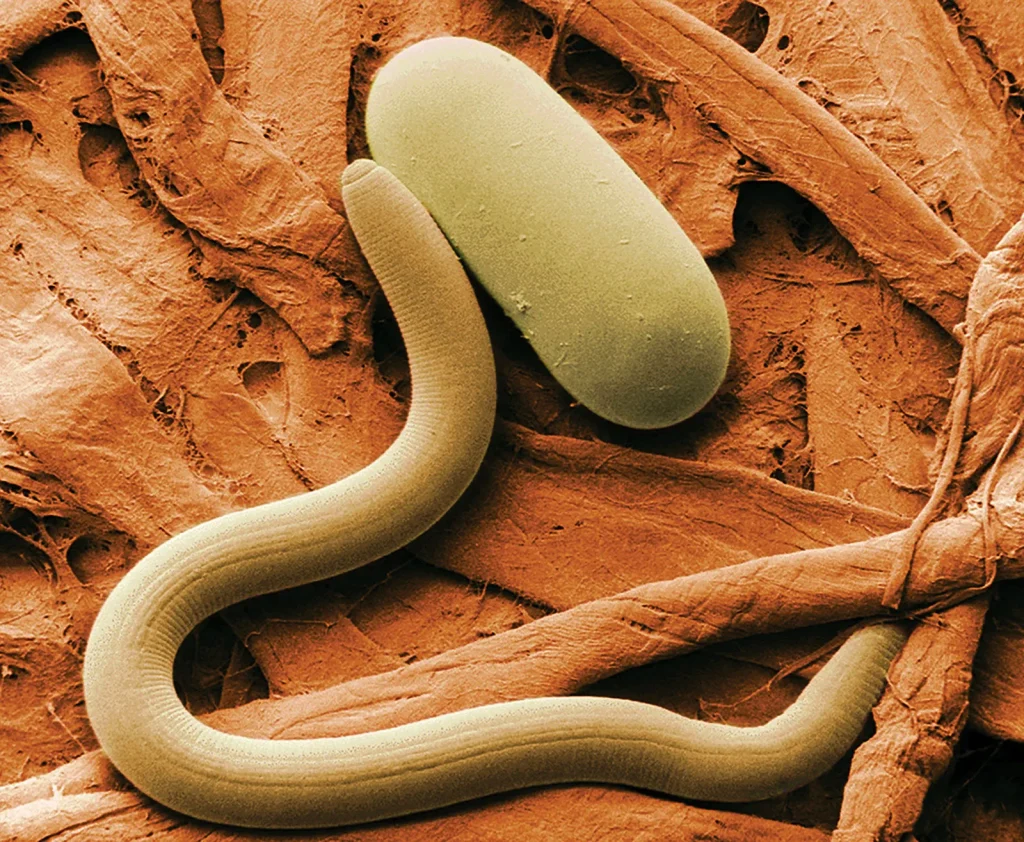
How Paecilomyces lilacinus work?
Paecilomyces lilacinus is a true companion for organic farmers and those aiming for sustainable agriculture.
Paecilomyces lilacinus are soil-dwelling heroes that have a particular appetite for nematode eggs, making it a potent bio-nematicide among all organic pesticides. Its ability to adapt to various climates and produce a high parasitic rate on nematode eggs means it can significantly lower soil nematode populations, thus mitigating damage to crops
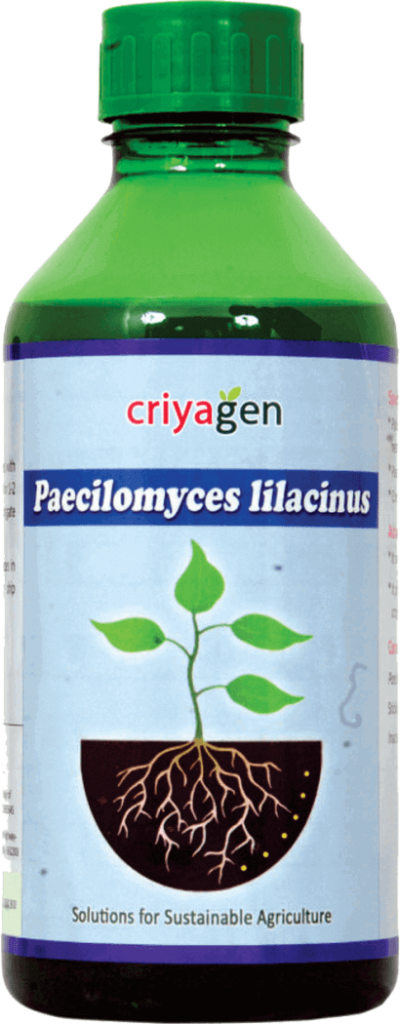
Paecilomyces lilacinus belongs to the Ophiocordycipitaceae family. It’s versatile, found in various environments like farms, forests, deserts, and even in nematode eggs, making it effective against pests like root-knot and cyst nematodes.

For those of us focused on organic farming and reducing chemicals, Paecilomyces lilacinus offers a powerful, natural solution to keep our crops healthy. It’s not just a fungus; it’s a protector of our fields.
Here’s How It Works
Paecilomyces lilacinus produces spores that attach to the nematodes. Once attached, the fungus invades the nematode’s body, growing and consuming it from the inside out. It’s a bit gruesome, sure, but totally natural and incredibly effective. This process not only stops the nematodes in their tracks but also helps prevent future infestations, making it a sustainable, eco-friendly option for managing nematode problems.
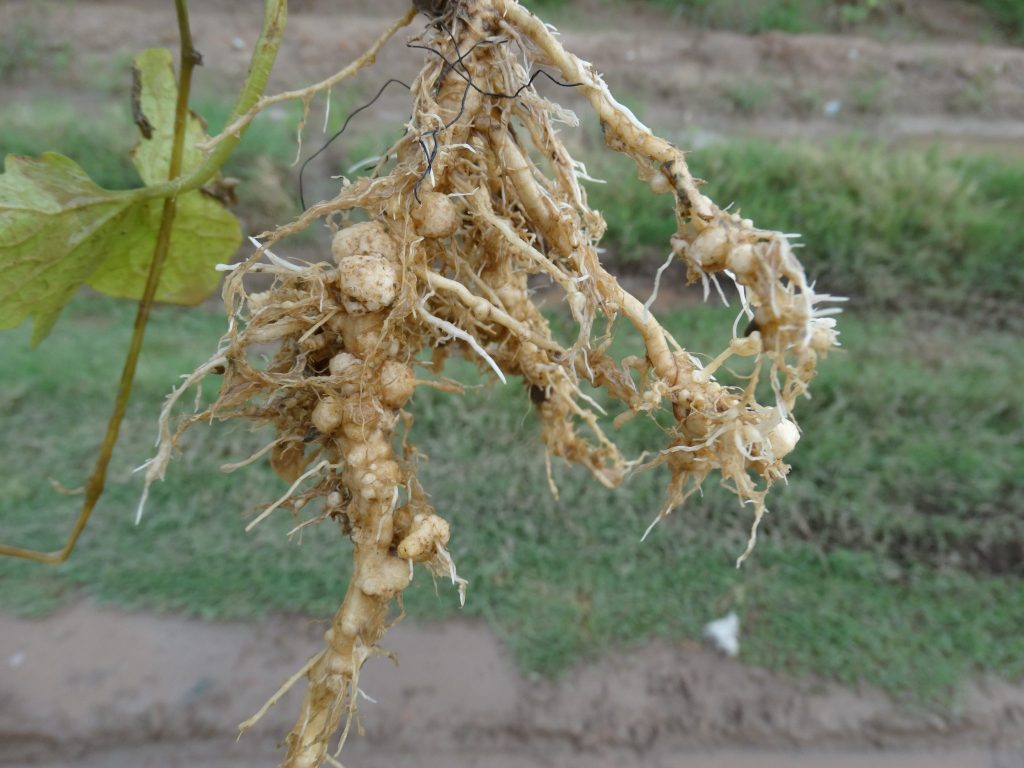
4 Easy Ways to Use Paecilomyces lilacinus in Your Fields
How we should apply this fungus easily and effectively?
Drip Irrigation: Like a Vitamin Drip for Your Plants
Got a drip system? Perfect. Just mix 1 Litre of Paecilomyces lilacinus with 100 litres of water and run it through your system.
Soil Application: Giving Your Soil a Health Kick
This one’s like making a superfood blend for your soil. Mix 1 Litre of Paecilomyces lilacinus with 100 kg of compost. Let it sit for 4 days—think of it as marinating. Then spread it out over an acre.
Seedling Root Dipping: A Quick Spa for Seedlings
Before planting, give your seedlings a quick health dip. Mix 1 Litre of Paecilomyces lilacinus in 10 litres of water. Dip the roots for 30 minutes.
Soil Drenching: Targeting Roots with a Purpose
This is for targeting the root zone directly. Mix 1 Litre of Paecilomyces lilacinus in 100-200 litres of water. Then, drench the soil around the roots of your crops. It’s like giving your plants a drink that also packs a punch against pests.
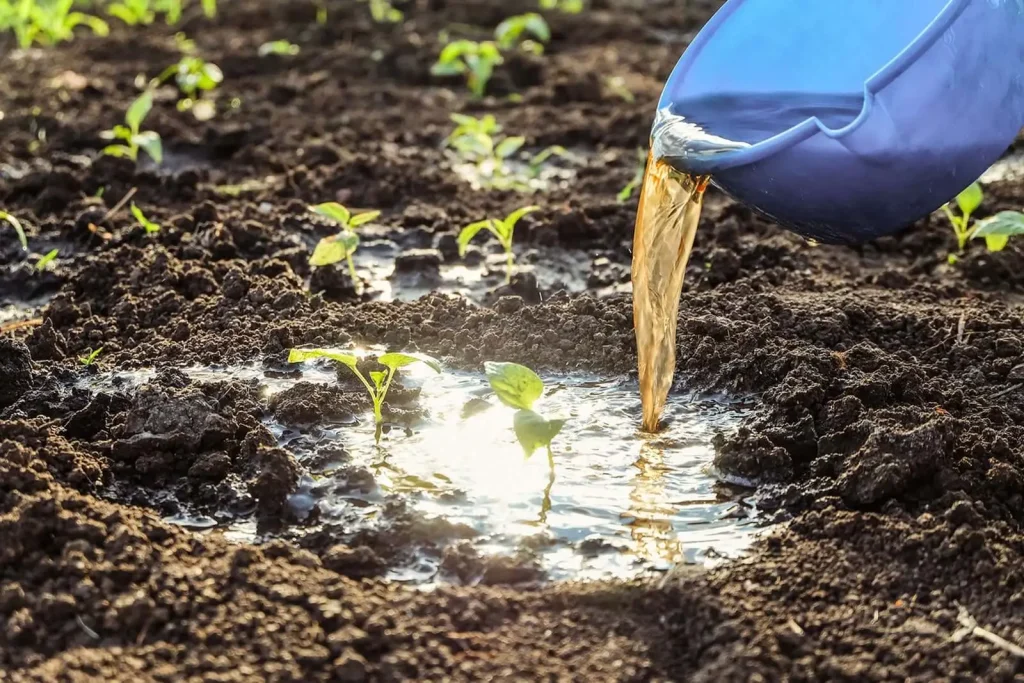
And there you have it—four straightforward methods to apply Paecilomyces lilacinus, making your farming life a bit easier and your crops a lot happier.
Paecilomyces: An Yield Booster
But Paecilomyces lilacinus is not just controlling nematodes but also makes your crops happy. Its impact on crop yield is nothing short of miraculous. Studies have shown that applying this fungus can lead to substantial increases in yields.
Take tomatoes as an example. By applying Paecilomyces lilacinus twice—once 10 days before transplanting and again at the time of transplanting—you can double your tomato harvest and reduce root galls by 56%. Seed treatment in carrots with Paecilomyces lilacinus resulted in a 19% higher root tuber yield. It’s not just about pest control; it’s a game-changer for crop yields.
These numbers are a testament to the dual power of Paecilomyces lilacinus: as a protector and a yield booster.
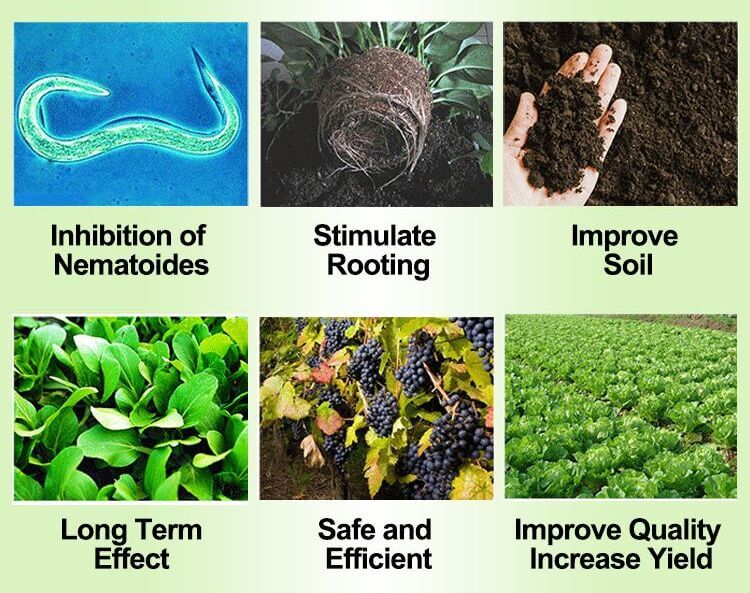
The benefits of Paecilomyces lilacinus extend beyond nematode management. This fungus is a master of multitasking, producing enzymes like chitinase, which can break down the barriers that protect nematode eggs. These enzymes are not only crucial in combating nematodes but also hold potential in other agricultural applications, such as controlling plant-pathogenic bacteria.
Furthermore, in an era where chemical pesticides pose significant environmental risks, Paecilomyces lilacinus offers a beacon of hope. Its use can reduce our reliance on harmful chemicals, contributing to a healthier planet.
Paecilomyces: A Friend to Farmers Worldwide
The adoption of Paecilomyces lilacinus in agriculture has been a game-changer for farmers around the globe, its use in controlling soybean cyst nematodes and root-knot nematodes has shown incredible results. The beauty of Paecilomyces lilacinus lies in its versatility—it can be produced in both solid and liquid forms, making it suitable for various agricultural practices, whether it’s root application, seed and seedling dressing, spraying or drenching.
A Nature’s Solution For Organic Farming
As we continue to seek more sustainable and eco-friendly agricultural practices, adopting solutions like Paecilomyces lilacinus becomes essential. Its role in managing nematodes, boosting crop yields, and reducing the need for chemical pesticides exemplifies the power of nature-based solutions. It’s a testament to what we can achieve when we work with nature, rather than against it.
So, to all the farmers, home gardeners, and eco-conscious individuals out there, consider Paecilomyces lilacinus as your ally in creating a greener, more sustainable future for agriculture. Together, we can harness the power of nature to nourish the world.
Let’s continue to support and advocate for sustainable farming practices that protect our planet and its precious resources.
Read more about Sustainable and organic farming practices here.